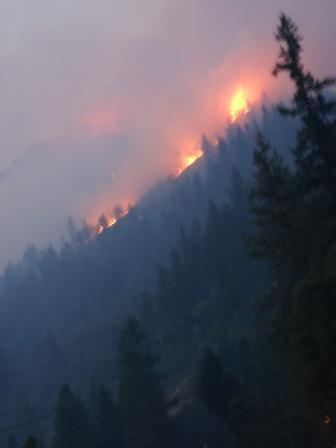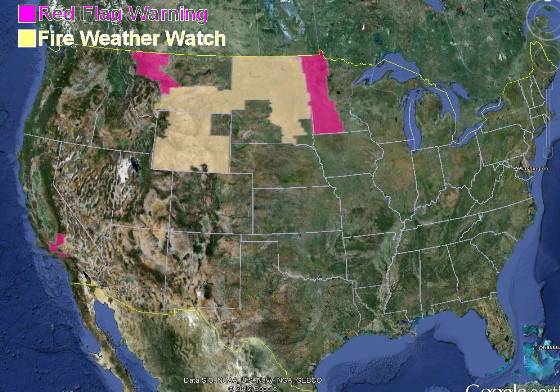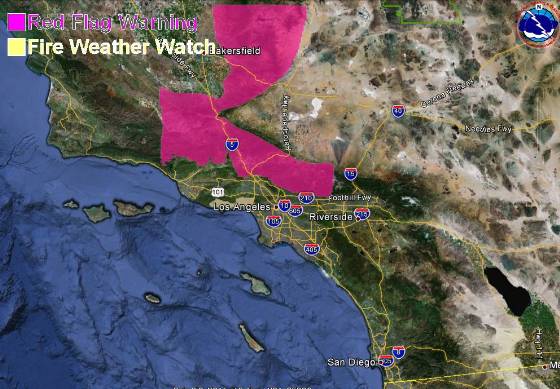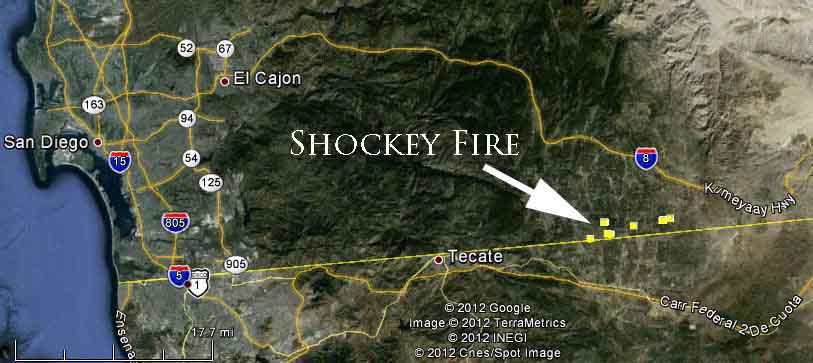
A Facilitated Learning Analysis for the entrapment of an engine crew tells the harrowing story of five firefighters who had a very close call on the Flat Fire on the Shasta-Trinity National Forest in northern California July 14, 2012. Their survival may have been due in part to the fire above them burning through the trunk line on their hose lay, causing a leak which sprayed water on the fire creating an opening for the crew to escape back to the engine. Until then, at least one of the crew members thought he was going to die.
The crew of Engine 1 was attempting to suppress a 1/4-acre slopover below a road by installing a progressive hose lay. Initially the fire behavior was minimal, with one-foot flame lengths. They had completed 300 feet of the hose lay when the main fire made a run up to their location.
The entire FLA can be found here, but below is an excerpt:
============================================================
…The Engine 1 Engine Operator (ENOP) takes substantial heat from the fire run and takes shelter in the engine, then gets out and begins defensive engine protection with a 1.5 inch hose. This run hits the fireline and ignites additional spot fires east of the B spur to the south and east of the position of the Engine 1 crew and the original slopover. Flame lengths and rate of spread on these fires increase dramatically. The amounts of smoke and noise on the B spur increase also with the increased fire behavior making communication over short distances nearly impossible. The Engine 1 Engine Boss (ENGB) calls Division Supervisor (DIVS) Z (T) and states that they are abandoning the hoselay. This transmission is heard by Engine 2 and the engine Strike Team Leader and Strike Team Leader trainee (who are driving up French Creek Road towards DP-2). DIVS Z (T) responds saying that he had been trying to contact the ENGB to advise them to withdraw from their position because of increasing fire behavior, but was unable due to the high level of radio traffic. Radio traffic on Division Tac only pauses briefly and then resumes to being almost continuous.
The Engine 1 ENGB and the crew begin to rapidly withdraw back up the slope towards the engine as the fire closes around them. The ground is wet and slippery with foam from the initial suppression efforts and the slope is about 30 percent. The ENGB considers escaping downhill and rejects this option because it would mean leaving the ENOP in a hazardous position. As the crew moves uphill towards the engine, fire downhill of them continues to close, compromising a downhill escape route.
The ENOP considers cutting the hoselay and escaping in the engine and rejects this option because it would mean cutting off the water supply to the crew’s hoselay, leaving them without protection. The ENOP continues defensive engine protection.
The fire makes another run up from Pelletreau Creekand the fire to the east of the B spur closes to block the escape route of the Engine 1 crew while the crew is about 30 feet from the road, creating an entrapment.
Visiting the site after the incident, a member of the crew stated, “I thought that I was going to die, right here.” After a moment, the fire ahead of the entrapped crew burns through the trunk line on the hoselay spraying water on the fire and creating an opening for the crew to escape back to the engine.
As the crew reaches the B spur, there is a large pine torching next to Engine 1 and the front left tire is burning along with vegetation next to it, making their position at the engine untenable.
The ENGB transmits over Division Tac that the channel be cleared for emergency traffic, and then calls DIVS Z (T) on Division Tac requesting additional resources and states Engine 1 is on fire and that he is abandoning the engine. All five crewmembers from Engine 1 walk north up the B spur about 150 or 200 feet until they reach cooler air and less smoke. DIVS Z (T) calls the Engine 1 ENGB and confirms that the Engine 1 crew is accounted for and there are no injuries. Three crew members from Engine 1 then move west to the black and onto the dozer line. Hearing the declaration of“emergency traffic” from Engine 1, DIVS Z returns to the engine, which is still running but is abandoned. At this point, the fire behavior has moderated dramatically. He backs the engine off the burning vegetation into the road and then continues to DP-2. The Interagency Hot Shot Crew (IHC) Superintendent drives down from DP-2 and sees the ENGB and ENOP on the B spur. He takes the ENOP back to the engine (and the ENGB follows on foot) and together they extinguish the burning tire with a fire extinguisher from Engine 1 and the pump on the superintendent’s vehicle, check the engine for additional fire and damage, and then move the engine onto the dozer line.










